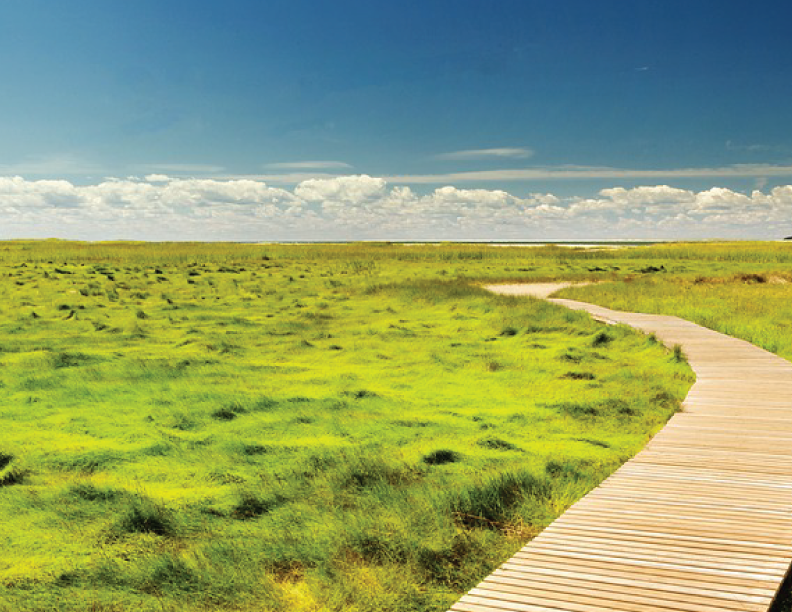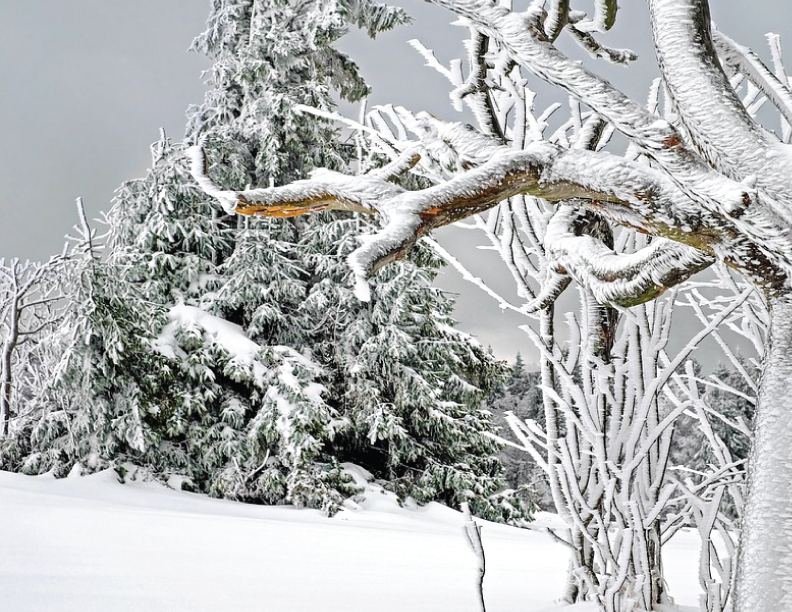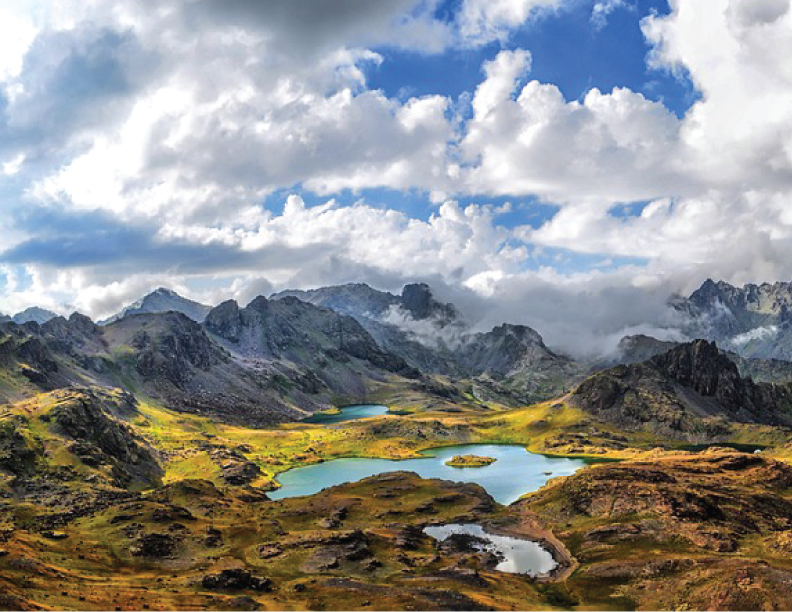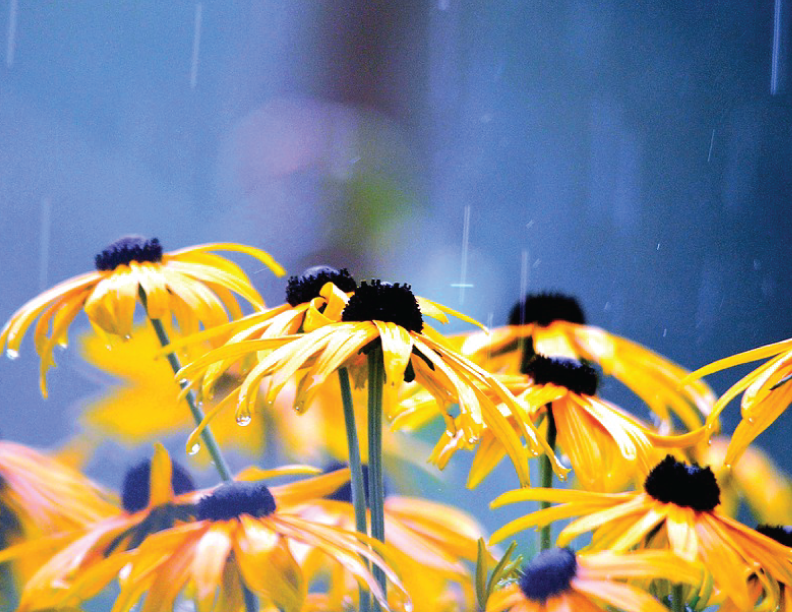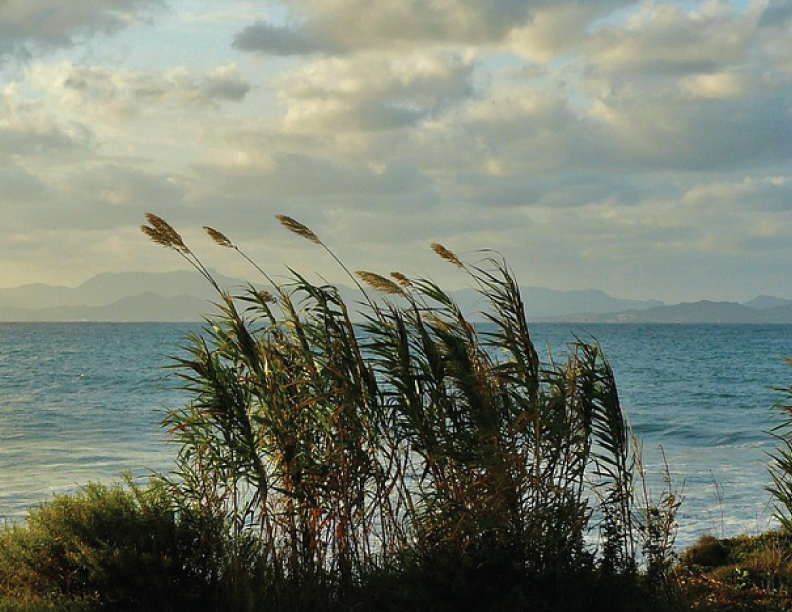WEATHER
Weather is an important part of your life. You check the weather and decide what clothes to wear, what activities to do, and where to go on holiday. Fishermen and pilots also check the weather as an important part of their daily activities. They need to avoid bad weather for safety reasons.
